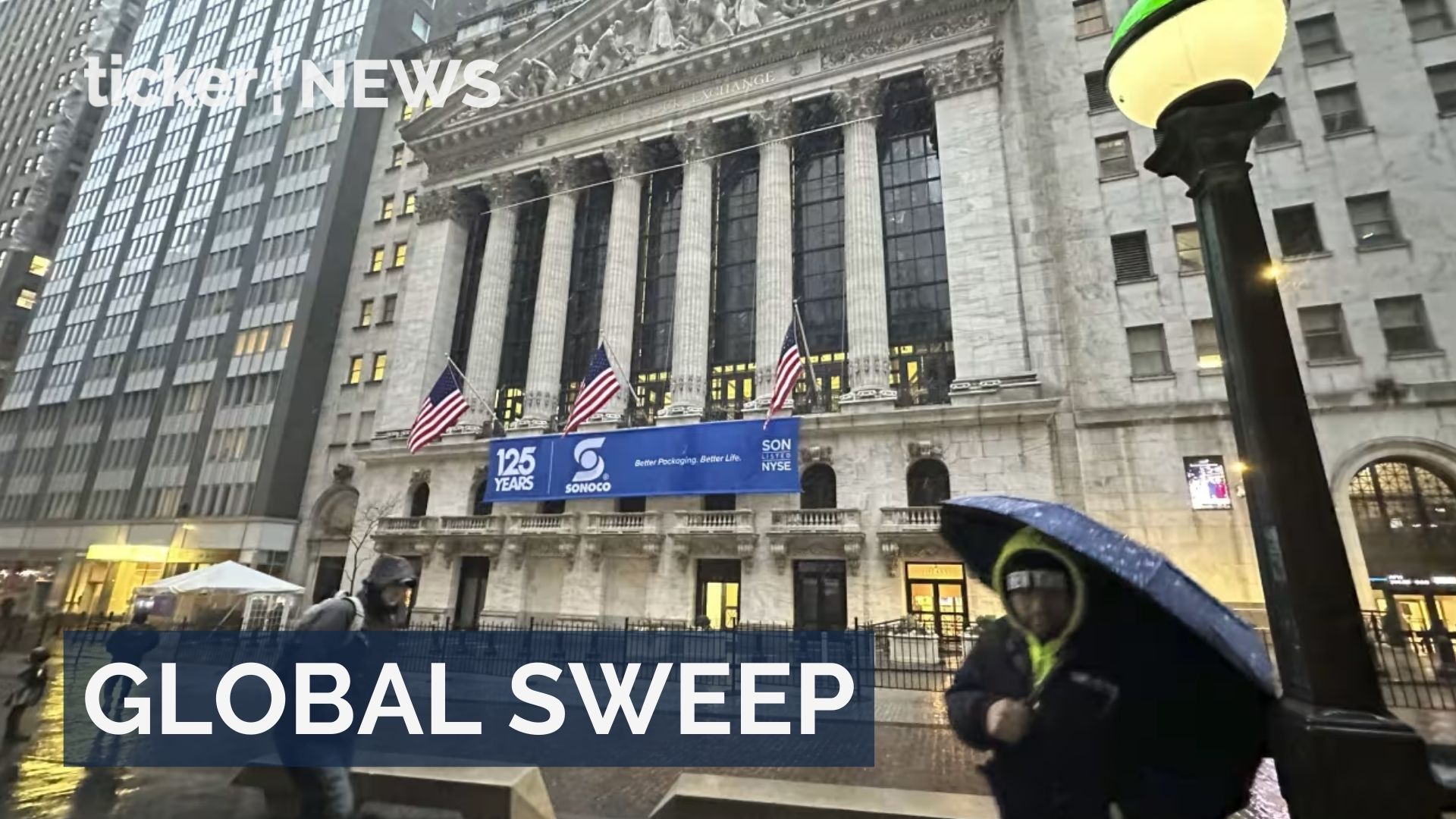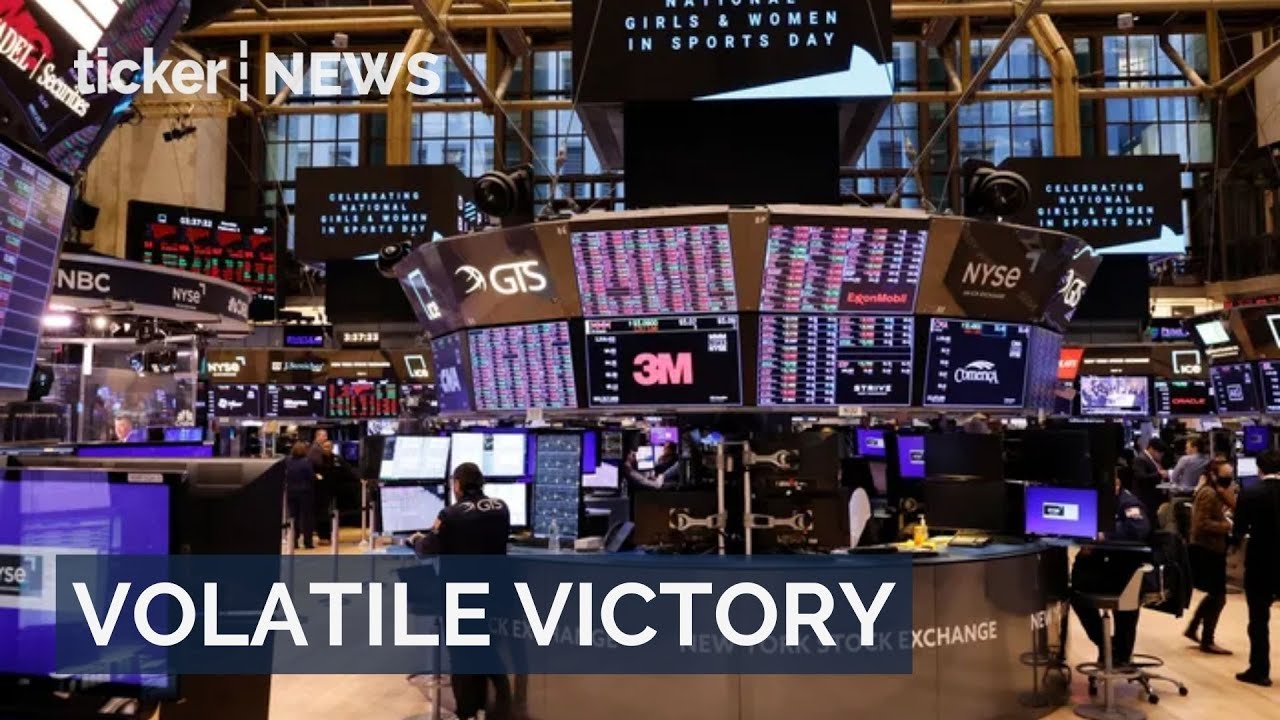Dan Kemp, the global chief investment officer of Morningstar, has downplayed concerns of a global economic slowdown resulting from ongoing central bank tightening
Kemp warns institutional investors against focusing on a single scenario in a volatile market, in a recent interview with Investment Magazine, emphasising that trying to predict the future based on a single theme or narrative is a risky strategy.
Instead, he suggests building portfolios that can withstand a range of outcomes, including recessions, growth environments, and inflationary conditions.
“People see comments or news about an expected recession and the temptation is to position a portfolio for one particular macroeconomic environment,” he says.
“The danger is that if you focus on a narrative, you lose sight of valuation, so you can end up overpaying for a particular theme, whether that’s economic or technological or anything else that people are starting to get excited about.”
“Once a particular scenario is prominent in the minds of investors, it’s likely to be priced in and then you’re unlikely to get any benefits from acquiring those assets.”
The tightening policies of central banks, aimed at curbing persistently high inflation, have raised worries among investors that further rate hikes could push major economies into a prolonged recession.
This has posed challenges for professional investors who traditionally relied on index-like exposures or 60/40 equity-bond portfolios but are struggling to generate good returns amidst volatile equities and rising bond yields.
According to data from the Australian Prudential Regulation Authority, superannuation funds in Australia recorded negative annual returns of -5.5% in 2022, with one in five investment options generating returns below their benchmarks.
Kemp, who oversees $265 billion in assets through Morningstar’s investment management subsidiary, acknowledges that professional managers are susceptible to cognitive biases just like individual investors.
However, they have a better understanding and ability to overcome these biases. One such bias has been investors’ willingness to overpay for certain assets, such as energy or technology stocks.
Morningstar, which was optimistic about energy companies in 2020 when they were priced for low energy prices, has been reducing its holdings in the sector as values now reflect inflation and high energy prices.
In the current scenario, it is important to consider how inflation is impacting profit margins. While inflation has historically eroded profit margins as companies struggled to pass on higher wages and input costs, the current situation has been different.
“What we’ve seen in this cycle is fascinating. Inflation seems to be supporting some profit margins, particularly in US equities, because they’re able to pass on price increases to customers who are expecting price increases because of that background level of inflation,” he says.
Some asset classes traditionally used for inflation protection are already priced so high that investors need to be cautious about the sustainability of margins in the future.
Morningstar is finding fewer opportunities at the industry or sector level and is increasingly favouring country-based investments, such as in Brazil, South Korea, China, and Germany.
Kemp does not see many opportunities in the Australian market, attributing the underperformance of the benchmark ASX 200 index, which has only gained 3.6% for the year, to the dominance of materials and financial stocks.




 Money2 days ago
Money2 days ago


 Leaders2 days ago
Leaders2 days ago


 Tech5 days ago
Tech5 days ago


 News2 days ago
News2 days ago


 Tech5 days ago
Tech5 days ago


 Tech19 hours ago
Tech19 hours ago


 News5 days ago
News5 days ago


 Leaders5 days ago
Leaders5 days ago






